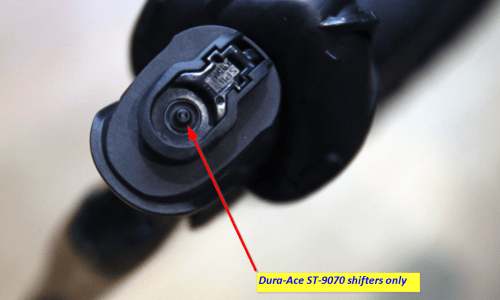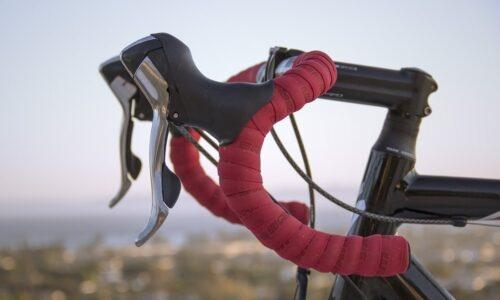Working on your own bike is a lot of fun and can save you a fortune when it comes to maintenance costs. There’s nothing like fixing your bike and then enjoying the fruits of your labor out on the roads or a trail. When it comes to working on a bike, you easily make an error.
This is because there are certain ways things need to be done, and you need to be very particular to ensure it’s done right, especially on modern groupsets and bikes.
In this article, we’re going to answer a question we are asked all the time about if chain direction matters.
The Short Answer
Yes, chain direction does matter but only in certain situations, which we will discuss in this article. We’ll also tell you all about things you need to consider when fitting a chain to ensure you are doing it correctly.
What chain are you using?
The first thing to think about when it comes to chain direction is the brand of chain you are using. Typically most chains are multi-directional. There are a few brands that you do need to be wary of, and we will speak about them below.
Shimano CN-7900
On some of the older Dura-Ace ten-speed chains, they actually had a front and a back. This was for shifting purposes and also for a better look. It was the CN-7900, and if it was put on backward did have a tendency not to shift as well and had more chance of falling off.
Typically most cyclists replaced the chain with a 105 or Ultegra, which was multi-directional.
SRAM Flat Chain
You might have seen in cycling news recently the invention of the flat chain from SRAM. This was on the force and the RED models and is used to make the chain lighter and also ever so slightly more aerodynamic. This has to be put on the correct way. If not, it won’t work correctly.
Used Chains
When you remove a chain from your bike, the last thing you think about is what direction you took it off and will it be the same going back on. It should be a consideration as it does make a difference.
When you get a chain and use it a lot, it wears to the shape of the cassette, and over time it becomes bonded in a particular way.
If you take a very worn chain of a worn cassette and then clean the system and put it back on in the wrong direction, it will feel different when being ridden and can, in some cases, just not work. It’s good to make sure that when removing a chain, put it back on in the same direction.
How to tell a directional chain?
The easiest way to tell if a chain can only go in one direction is to check the instructions. This will be clearly noted here, and it will tell you everything you need to know about installing it properly.
If you haven’t got the instruction manual, then look for markings on the chain referencing inside links or outside links.
Other Considerations
Although chain direction is one thing to think about, there are other considerations you need to make when attaching a chain to your bike. In this next section, we’re going to speak about other things you should be thinking about when getting a new chain on.
Wide and Narrow
Recently we are seeing loads of new groupsets hit the market, and a very common type is the 1X. The 1X groupset consists of a single chainring at the front and a large cassette on the rear. It makes for simple shifting and also holds a chain on much better when riding off-road. You will see these on mountain bikes and gravel bikes mainly.
Many people don’t know that the chain has to go on in a certain way. If you look at the front chainring, you will see some of the teeth are wide, and some are narrow.
This is the same with the links in your chain. You have to ensure these match up properly for optimum performance when riding.
Correct length
Although it goes without saying a bike with the incorrect chain length isn’t going to work very well. One very common mistake people make is cutting it judging by the old chain length, which isn’t correct.
If you line the chains up together, you get an incorrect measurement as the old chain is stretched. It’s much better to measure in the smallest cogs or count the links on the old chain.
Conclusion
Bikes can be very particular and working on them, although it might seem easy, sometimes can be challenging. Getting the correct chain direction isn’t always something you need to consider, but it’s vital to safety and performance on some groupsets.

Robbie Ferri has spent years working in a bike shop, has worked with industry leading brands on product creation, has been a semi pro athlete, and is a fully qualified strength and conditioning coach. He has broken World Records, bikepacked all over the World and raced ultra distance at a top-level.




